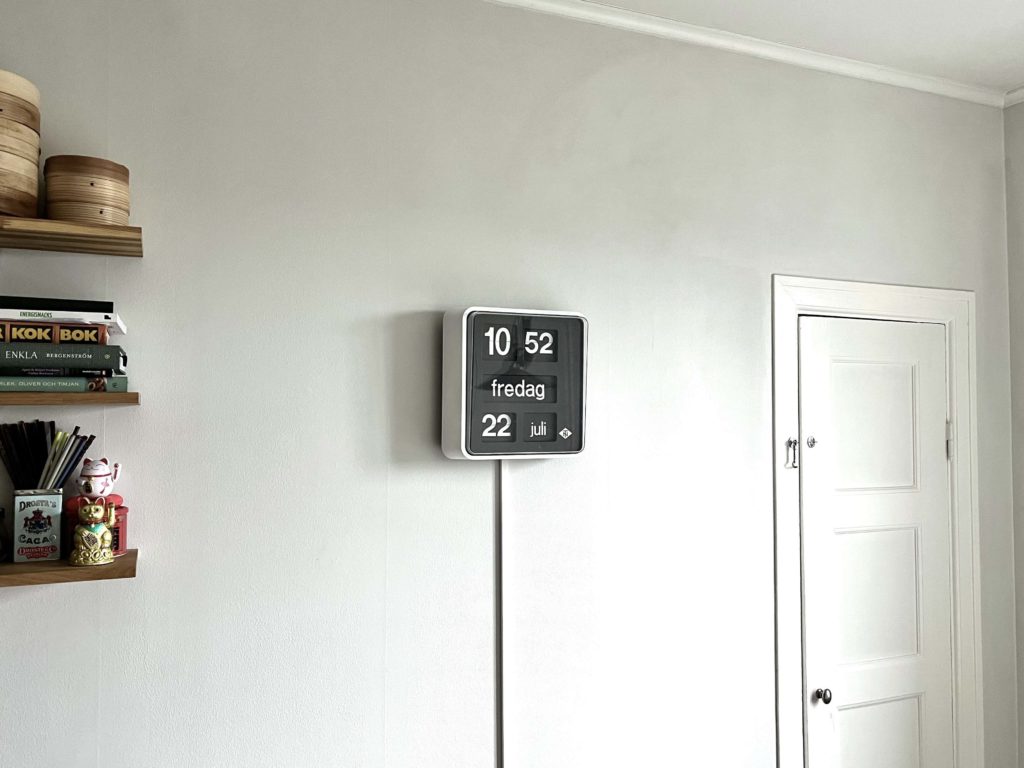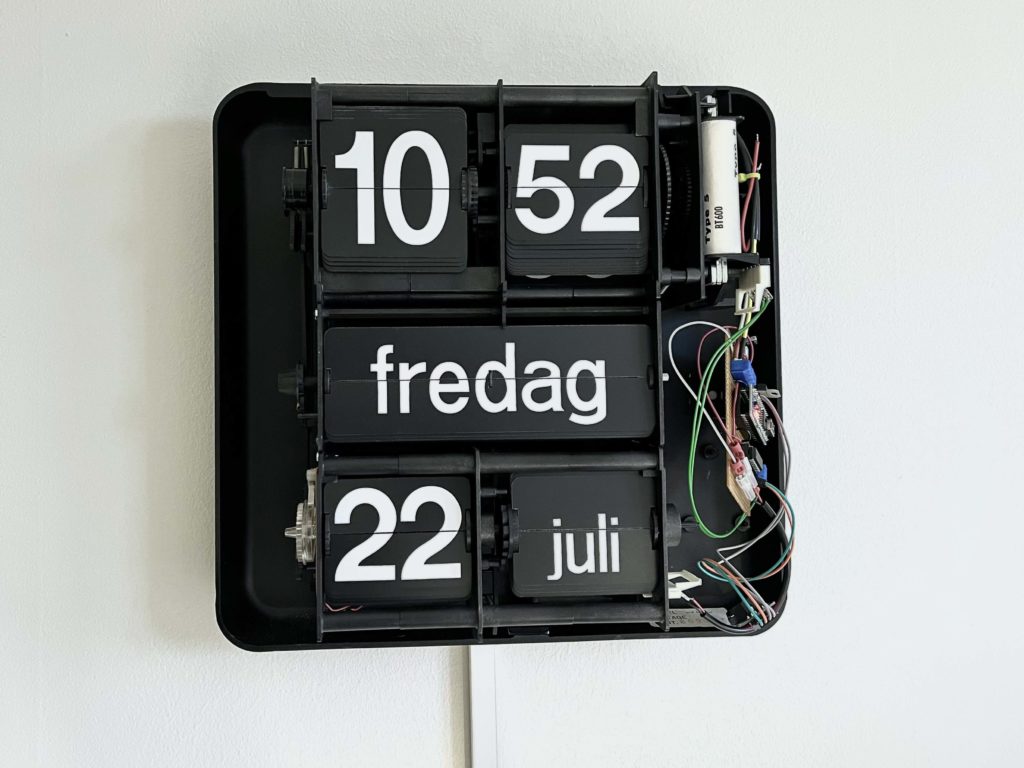Reviving a vintage secondary split-flap clock with Arduino

In the world of computing, many interfaces utilize a primary/secondary model of asymmetric communication, in which a primary host device controls one or more secondary client devices. This model is, for example, common among PATA and SATA hard drive arrangements. It is also common in clock networks, with a central time server updating several client clocks. iSax had a unique example of such a client clock with a vintage split-flap display, and made it useful again by retrofitting an Arduino board.
This clock likely came from a set of many, which would have been used in a government building, train station, or similar application. It would have received a signal from a primary clock and set its time accordingly. In the original setup, that signal came in the form of a 1Hz alternating square wave that drove a motor for the clockwork gears. Instead of attempting to reverse-engineer and replicate that signal, iSax chose to drive the motor with an Arduino Nano board that keeps its own time with an RTC (real-time clock) module.

The mechanisms inside the clock are very sophisticated, controlling both a time display and a date display. Those mechanisms even account for the number of days in each month and leap years. For the mechanisms to work as intended, the drive motor must spin at a very consistent speed. A secondary motor activates when necessary, such as at the end of February when the day needs to flip over to “01” early. The Nano drives the main 12V motor through an H-bridge and the second motor through a 3.2V voltage regulator (because that is what iSax had on hand).
Now iSax can enjoy the beauty of this vintage split-flap clock as a standalone unit that doesn’t require any external control.
Leave a Reply
You must be logged in with your Arduino account to post a comment.